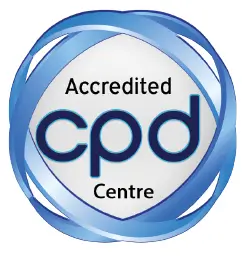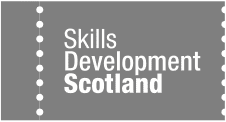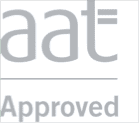Module 1: Introduction to Programming with Python
Getting Started with Python; Performing Operations with Complex Data Types; Working with “If” Statements, Loops, and Comprehensions; Defining, Configuring, and Invoking Functions; Leveraging Functions with Lambdas, Generators, Closures, and Decorators
Module 2: Python for Data Science
Introduction to NumPy for Multi-dimensional Data; Advanced Operations with NumPy Arrays; Manipulating and Analysing Data in Pandas Dataframes; Data Wrangling with Pandas; Data Visualisation Using Seaborn
Module 3: Operations with petl
Petl: Introduction; Basic Data Transformations; Advanced Extractions and Transformations
Module 4: Data Science Statistics
Using Python to Compute and Visualise Statistics; Applied Inferential Statistics





















